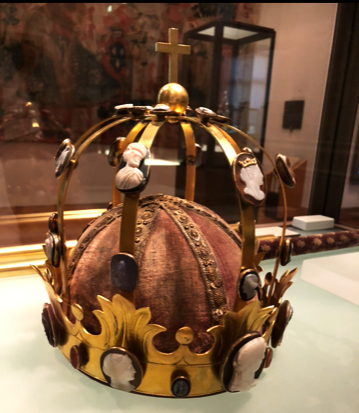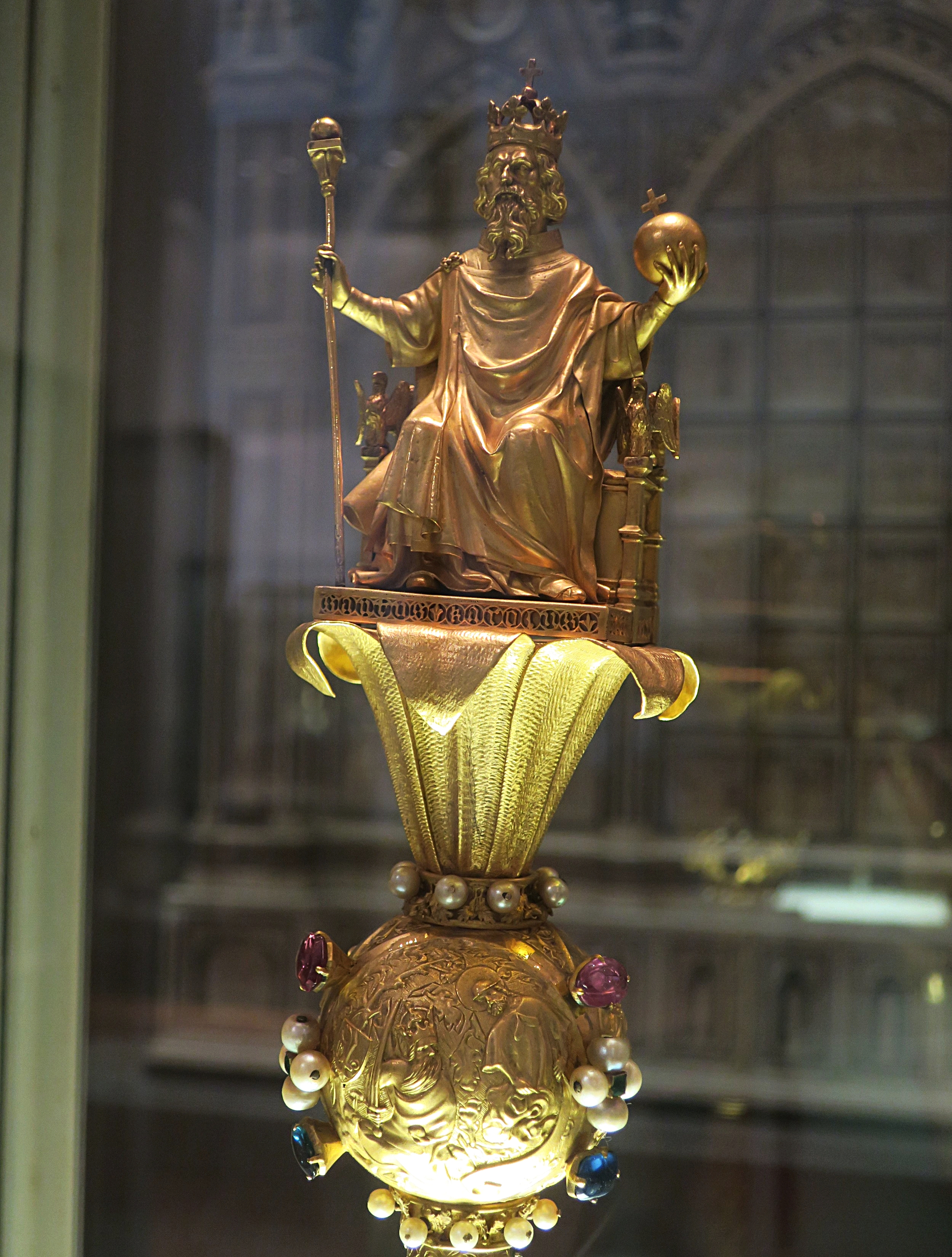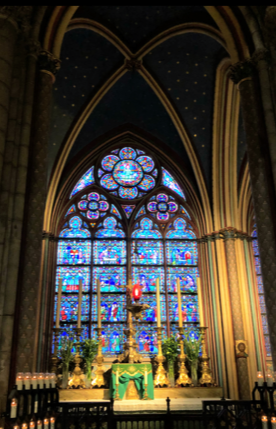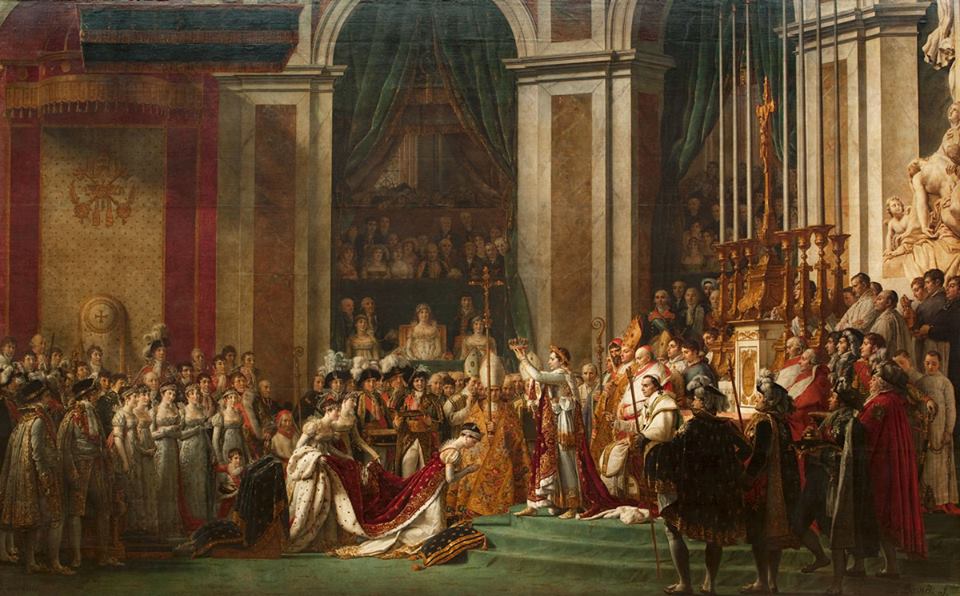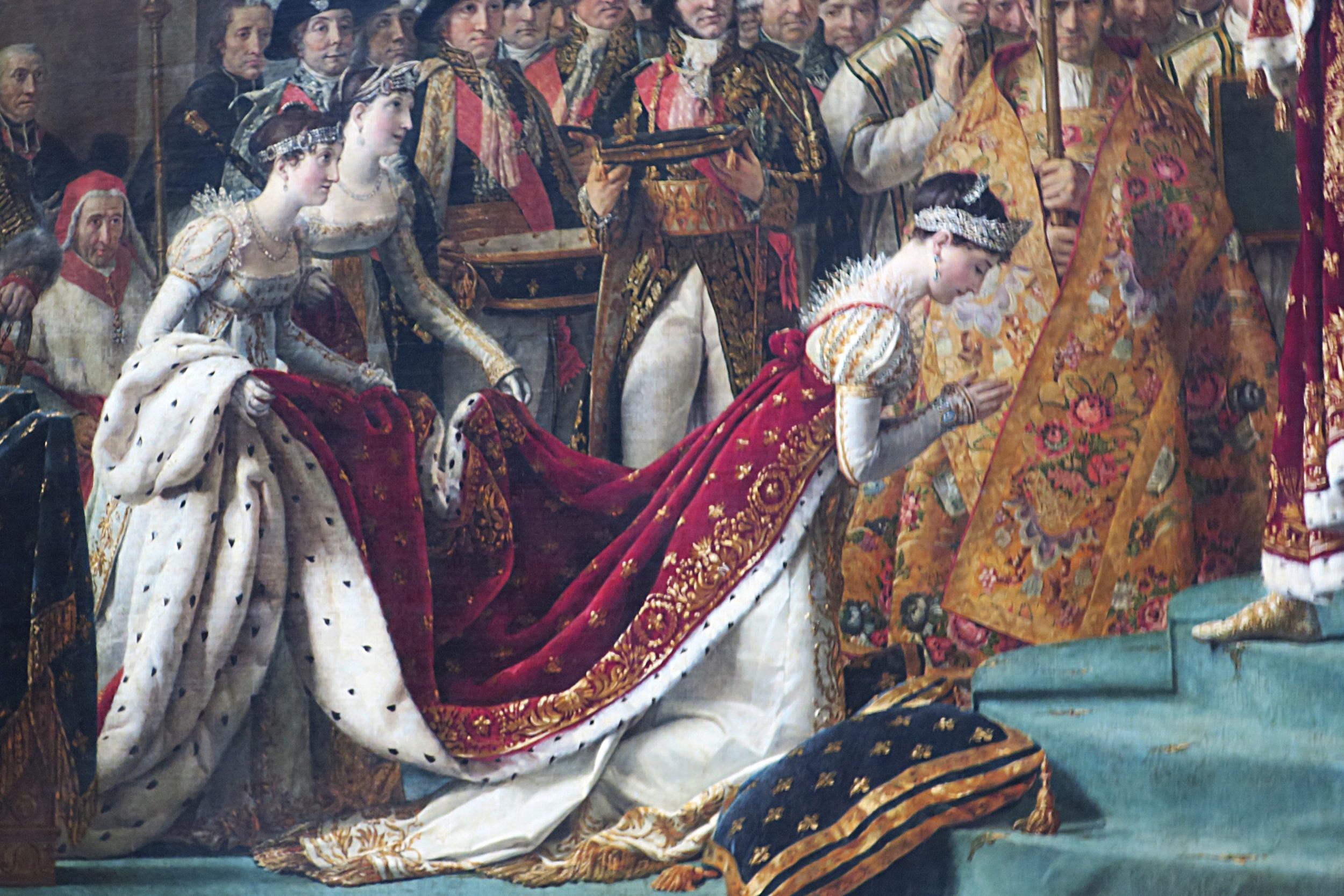She is one of the most famous paintings in the world. The first lady of the Louvre has become a mythical creature far past the painting. However, did you know there was an entire story of the woman before she hung on the walls of the kings?
Lisa di Antonio Gherardini was born in Florence on June 15, 1479 to a noble landowning Tuscan family. Not far from The Palazzo Pitti where the Medici family lived was the home of Antonmaria Gherardini and Lucrezia del Caccia. The family lived on the corner of the via Maggio and via Squazza when Lisa was born and then moved to the other side of the river in 1494. Near Santa Croce between via del Pepi and via Ghibellina they discovered their new neighbors, the Giocondo’s.
On March 5, 1495, at 15 years old, Lisa married the son of her neighbors, Francesco del Giocondo. Francesco was from a rich family that made their money in the silk business, A widow, a father and fourteen years older than Lisa who also had a somewhat famous family as a neighbor. Living just a few doors down from Ser Piero da Vinci, the father of Leonardo.
A year later they welcomed their first child, Piero, quickly followed by Piera in 1497, Camilla in 1499, Marietta in 1500, Andrea in 1502 and finally Giocondo in 1507. Sadly only two survived past adolescents.
Francesco became a civil servant and was elected to one esteemed post after another from 1499 to 1512. Once thought to be working for the exiled Medici family he was tossed into prison until the Medici’s returned and bailed him out. Contracting the plague in 1539 Francesco died and Lisa left Florence to live with her daughter in the Sant’Orsola convent where she died July 15, 1542.
In 1502, Francesco commissioned Leonardo da Vinci to paint a portrait of his wife. Leonardo was at the height of his fame at the moment after just completing the Last Supper but was also in need of money so accepted the job. Having just given birth to her son Andrea she sat for the portrait, considered quite large at the time for its subject matter.
She never saw the unfinished painting that Francesco had never paid for after he was sent to jail. Leonardo liked to “meditate” on his paintings, work a little on a painting then take a break to ponder what he would do next. So it wasn’t out of the norm that the painting of Lisa wasn’t finished. In 1508 he carried the painting with him to Milan, then onto Rome in 1513.
On October 13, 1515 Francois I was in Bologna for a meeting with Pope Leo X that Leonardo was also in attendance. Francois already knew of the master and wanted him to create a mechanical elephant for him. He offered his chateau in the Loire to Leonardo but at the time Leonardo declined. On March 17, 1516 Julien de Medici died, it was his last protection and funding he had and he decided to take the French king up on his offer.
A few months later he made his way to France on a donkey with his unfinished canvas in hand including the Mona Lisa. In his new home, Leonardo was named the first painter of the king as well as engineer and architect but also the party planner to the king. Yes, Leonardo was an event planner. As a recovering event planner I can say his ability to do many things at once came in handy, but the fact he took 20 years to finish a painting I have my doubts on how those parties turned out.
Leonardo was old, his arm was partially parilized and he spent more time instructing students then painting on his own in his final years. On October 10, 1517 he met with the cardinal d’Aragon at the Clos Lucé and presented him with a few paintings including the lovely lady of Florence. On April 23, 1519, in poor health he had his will drawn up. The paintings he had with him had been given to or purchased by Francois I upon his death.
The basis of that royal collection of Francois I would become the Musée du Louvre. The Louvre owns 6 of the paintings of Da Vinci, more than any country or museum, and Italy is still mad about that. She stayed in the company of the kings and emperors until 1793 when the Louvre was opened to the public.
Known in Italy as La Gioconda, and France as La Joconde, her English name, Mona Lisa comes from a shortened version of Madonna, meaning my lady. Madame Lisa or Lady Lisa, either way she has become the most captivating face and smile in the world. As for that smile, Gioconda in Italian, means playful or happy. So the next time you hear the argument if that is a smile or not, you can say, OUI!






